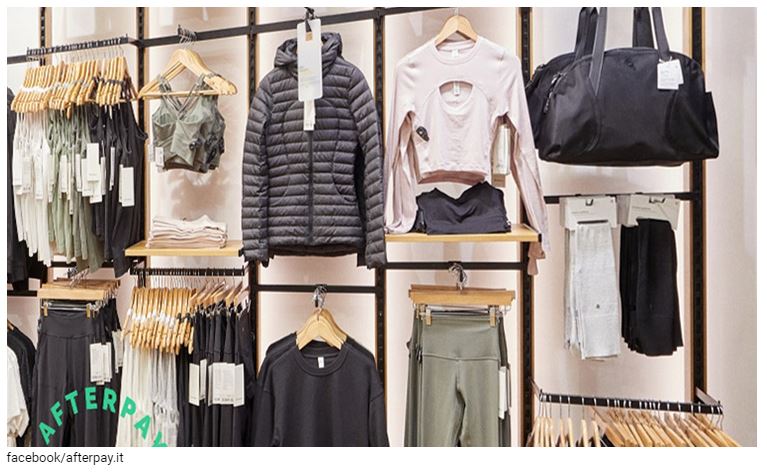Cambodia: Buy Now, Pay Later model could supplant credit cards
According to technology business site Tech In Asia, the once-obscure Buy Now Pay Later (BNPL) trend is getting new legs, which could see the option spreading in an increasingly digital Asia-Pacific.
“These days, millennial and Gen Z consumers want it all – the instant gratification of a purchase and the ease of instalment payments, without the burden of credit card debt. BNPL companies are therefore allowing them to have their cake and eat it too,” it said.
The site said BNPL is another unexpected beneficiary of a pandemic that has accelerated digital payments and seen e-commerce surge with unfettered growth over the past year.
According to retail consultancy company Retail Oasis, BNPL is an appealing option because, unlike a credit card, there is no service fee for customers who pay on time, plus unlike lay-away, there is no wait time to enjoy one’s purchase.
As reported in the Financial Review, ME Bank former Chief Executive Jamie McPhee said the arrival of BNPL schemes such as AfterPay Touch have fundamentally disrupted the market and forced the bank to scrap a planned investment in credit cards.
“I don’t think my daughters will ever own a credit card. They will have a debit card and a BNPL account,” McPhee added.
In Cambodia, according to economics data site TheGlobalEconomy.com, fewer than 5 percent of the population own credit cards. Some 60 percent surveyed though have access to the internet and exhibit a growing awareness of e-commerce options available in the Kingdom. With those metrics in play, BNPL seems that much more likely to be adopted by the population than old school credit cards.
Given Cambodia’s young population, BNPL could be set to surge as increasingly affluent young people look to flex their dollars digitally.
A report by the Australia Post states that millennials, people born after 1981 who are over 18, are the fastest adopters of BNPL.
“Some 78.7 percent of [BNPL] shoppers are female and of a younger demographic. They are also frequent online shoppers, with 86 percent purchasing at least monthly. Last year, fashion purchases accounted for 48.3 percent of all BNPL purchases.
The report said that Afterpay is the most popular BNPL provider, recording $2.3 billion in underlying sales through its platform in the second half of 2018 alone.
“With 2024 being the tipping point at which the younger generations will outnumber the older generations, it is becoming increasingly important to tailor retail offers to the millennial buyer. Buyers want instant access to products but are wary of taking on broad financial risk via a credit card, whereas BNPL is broken down into payment instalments for a single item,” it said.
“It would appear that whereas lay-away falls short is in its immediacy in gratification, being able to pay later, without incurring a fee for the privilege, makes BNPL even more attractive,” it added.
Source: https://www.khmertimeskh.com/50810014/buy-now-pay-later-model-could-supplant-credit-cards/


 English
English




